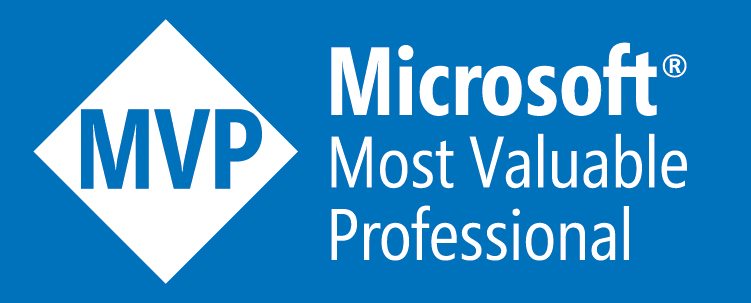
M365 Conference - Las Vegas 2022
What a great time in Vegas

What a great time in Vegas

What a great time in Chicago

What a great time in Branson

What a great time in Dallas

What a great time in Seattle

This is the third of 4 articles on using containers for SharePoint Framework (SPFx) development.
Disclaimer
While I have learned a lot about containers over the last 2 years, I do not claim to be the final authority on this topic. My goal over these next 4 articles is share what I have learned and how I use that knowledge in my daily life as a SPFx developer. Containers are not just for SPFx but work on many developer technologies. In fact, I used containers, primarily Codespaces, to write this blog, which uses Hugo/Go. I encourage you to do the research and make your life easier.